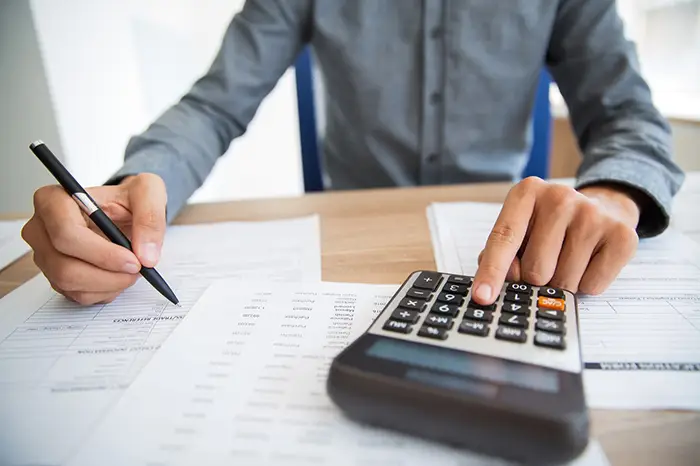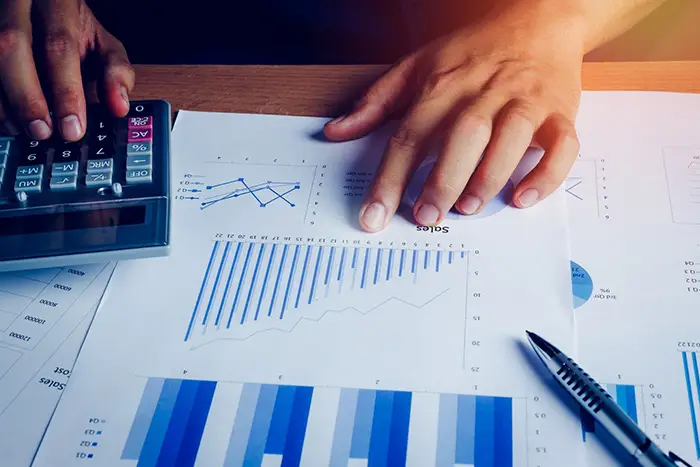Understanding your restaurant balance sheet is key to running a successful restaurant business. It’s an important tool that gives you a clear idea of your financial position, showing you where your money comes from and where it goes.
But why is it so important? Every restaurant, big or small, faces unique financial challenges – unstable food costs, seasonal income variations, high overheads, and more.
These challenges are not easy to overcome, but with a good understanding of your balance sheet, you can make the right decisions and take action against them.
What is a balance sheet for restaurants?
A balance sheet for restaurants is a financial document that presents a clear picture of your restaurant’s financial status. It lists your assets (what you own), liabilities (what you owe), and equity (the difference between the two).
It plays a major role in the restaurant industry – as it can help you understand your business’s financial strengths and weaknesses over time – which ultimately helps you in decision-making.
Unlike other sectors where assets include machinery, in the restaurant industry, assets often include kitchen equipment, inventory, and sometimes even the recipes you use.
Liabilities, on the other hand, might include loans for equipment or rent, wages owed to employees, bills from suppliers not to forget about property taxes on equipment for which a prudent owner should have provisions and allocate budget accordingly.
Equity represents the owner’s investment in the restaurant – any money put into the business, plus any profits that have been reinvested.
In simple words, a restaurant balance sheet gives a picture of your restaurant’s financial position. Understanding your restaurant’s balance sheet is very important because it can highlight areas of concern, like high debt levels or reducing the value of assets.
It’s not just about profit and loss – the balance sheet shows you core financial data that can help you make informed decisions about your restaurant’s future.
Key sections of a restaurant balance sheet
Balance sheets are not that hard to understand once you know what to look for. However, if you still find it difficult, you can always get restaurant accounting services to help you out. Here are the key sections of a restaurant balance sheet and their importance.
1. Assets: what you own
Assets are everything your restaurant owns. They’re your tools to make money.
Current Assets: This includes your cash, security deposits with landlords, money customers owe you, and your inventory (like food inventory, wines and other liquor, restaurant supplies). It’s all about what you can quickly turn into cash to keep things running smoothly.
Fixed Assets: Think of your kitchen equipment, furniture, vehicles, and maybe even your building. These assets are not intended for immediate sale and are expected to provide benefits to the business over an extended period
2. Liabilities: what you owe
Liabilities are the debts and bills you need to pay. Keeping an eye on these helps you stay out of financial trouble.
Current Liabilities: These are bills you need to pay soon, like money you owe to suppliers or short-term loans.
Long-term Liabilities: These are your bigger, long-term debts, business loans, like a mortgage for your restaurant space.
3. Equity: your stake in the restaurant
Equity is what’s left for you after all debts are paid. It’s your piece of the pie.
Common Stock: This is the money you or any partners put into starting and running the restaurant.
Retained Earnings: These are your profits that you’ve reinvested back into the restaurant.
Why this matters to you
- Assets: Knowing your assets helps you understand how much firepower you have to generate income. It’s like knowing exactly what’s in your pantry before planning a big meal.
- Liabilities: Keeping track of what you owe ensures you don’t overspend and can keep your doors open.
- Equity: This is your real reward. It shows how well your restaurant is doing after all the bills are paid.
In short, a balance sheet for restaurants is a straightforward tool that tells you where your restaurant stands financially. It’s essential for making smart decisions, whether you’re stocking up on inventory, planning a renovation, or just trying to keep the lights on. Understanding it means you’re in control of your restaurant’s story.

List of key financial terms for restaurant balance sheets
Here are some key financial terms for restaurant balance sheets:
- Cost of Goods Sold (COGS): This is the cost to produce the food and beverages you sell. For example, if ingredients for a dish cost $5 and you sell it for $15, your COGS is $5. It’s crucial as it helps determine your menu pricing and profitability. It’s crucial to be able to correctly calculate it. It is NOT the total of all purchases for the time period. It deals with inventory as you need to know to track the inventory.
- Operational payroll: This is what you pay your staff – it’s a significant expense for restaurants and needs careful management to ensure profitability while maintaining good service. Getting professional restaurant payroll services can be really helpful if you are too busy or not experienced enough.
- Gross profit after prime costs (GPPC): This is what’s left after subtracting COGS and payroll from your sales – it’s a good indicator of your restaurant’s core profitability.
- Net operating income (NOI): This is your income after all operating expenses are deducted but before taxes and interest – it gives you an idea of how much money your restaurant is truly making.
- Accounts receivable: Money that’s owed to your restaurant, this could be from catering jobs or corporate events for example. You want this number to be high because it means more income is coming in.
- Accounts payable: Money your restaurant owes to suppliers or lenders – you want to keep this low to reduce debt.
- Assets: Things of value owned by your restaurant – high assets mean your restaurant has valuable resources, which is good for business.
- Liabilities: What your restaurant owes – keeping this low is essential to maintain financial health and stability.
- Cashflow: Cashflow is the amount of money that is coming in and going out of your restaurant. It’s important to track because it shows how well your restaurant is managing its cash and if you have enough to cover expenses. Cash flow can become difficult if you have too many things going on in your restaurant – restaurant bookkeeping services can help in this situation.
- Revenue: This is the total income generated by your restaurant from sales – in simple terms, revenue is the money you make from selling food and drinks.
Interpreting a restaurant balance sheet
Here is a step-by-step guide to interpreting a restaurant balance sheet:
- Look at your assets: These are things of value your restaurant owns – note both current assets (cash, inventory) and fixed assets (equipment, property).
- Examine your liabilities: This includes what you owe, such as loans and bills. Like assets, these are divided into current (due within a year) and long-term.
- Calculate your equity: Subtract your liabilities from your assets – this is your stake in the restaurant.
- Analyze your liquidity: To analyze your liquidity, divide current assets by current liabilities. A ratio of 1 or more means your restaurant can pay off its short-term debts.
- Track trends over time: Look at previous balance sheets to see if there are any patterns or changes in your financial health. You will be able to make better decisions and plan accordingly.
- Review profitability: Probably the most critical aspect of a balance sheet is to determine your profitability. Look at key financial terms like COGS, GPPC, NOI, and cash flow to get an understanding of how much money your restaurant is making.
Remember to regularly update your restaurant balance sheet and seek expert advice when needed. A well-maintained balance sheet is crucial for your restaurant’s long-term success.
At KPI Accounting, we offer comprehensive restaurant accounting and consulting services tailored to your specific needs. Feel free to contact us to learn how we can assist in your restaurant’s financial journey.
FAQs
How often should I update my balance sheet?
While some restaurants prepare balance sheets annually, it's recommended to prepare them monthly or quarterly. This enables you to spot trends and make timely financial decisions. If you are not experienced enough you can hire accountants for restaurants.




